Exploring the Abandoned Beauty of
Concrete City
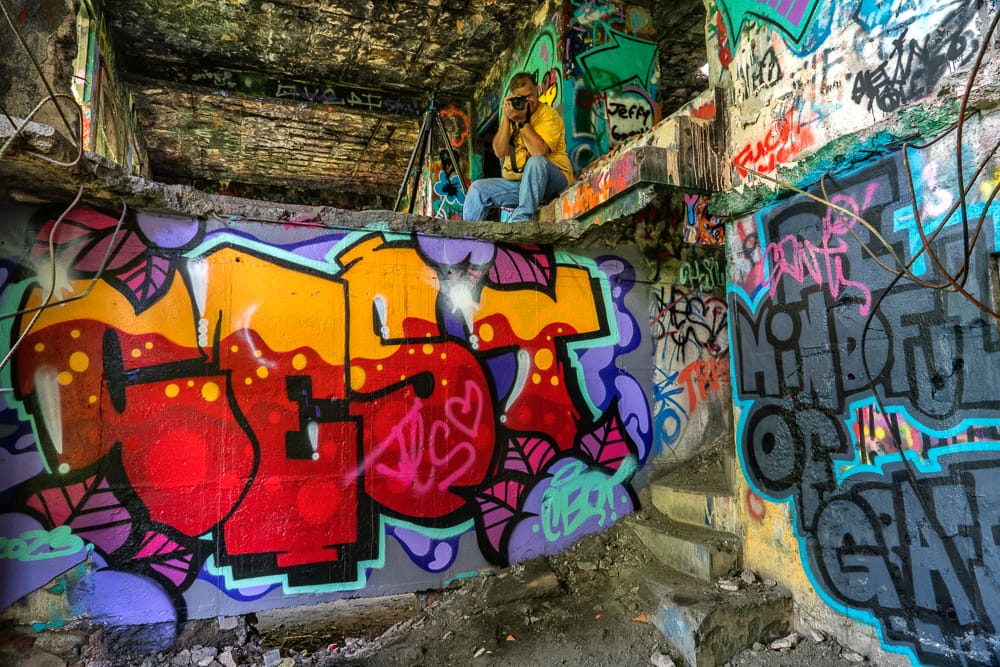
Have you ever heard of Concrete City? It’s tucked away in northeastern Pennsylvania, in a Hanover Township. This little-known gem of urban exploration and photographic opportunities is every photographer’s dream. With its eerie beauty and decaying structures, Concrete City offers a unique experience for photographers who are looking to capture post-apocalyptic scenes and the beauty in decay.
Concrete City was originally built in the 1910s as housing for select employees of the Delaware, Lackawanna and Western Railroad’s coal division in Nanticoke. The buildings are made entirely of concrete, hence the name. However, due to its remote location and lack of modern amenities, indoor toilets, Concrete City was abandoned in the 1920s.
I scoured the internet to find images from its heyday and attached them in a small gallery here. There’s a picture of the complex being built and before it was occupied. You can look inside to see what it looked like before someone moved in. It’s interesting to see children playing on their porch, residents in a wading pool, and watering their gardens and plants. If you look closely, I believe you can see that the same woman in two of the photographs.
The property was then purchased by another coal company, the Glen Alden Coal Company. While the apartments had running water, they didn’t have “water closets”, but had been built with concrete outhouses for toilets. The city required the upgrade which at the cost somewhere near $250,000 in 1924. That’s equal to $4,469,166.67 today, an increase of $4,219,166.67. The expense was deemed to cost prohibitive and the property has sat abandoned since.
Local folklore talks about how the property remains because they couldn’t tear it down. It’s said that they tried to knock it down, blow it up and yet it remains. There are a couple of buildings as you walk down the path to enter the complex that has the roof collapsed down onto the first floor. Then another to the right as you go around that has no floor between the second and first floors. Perhaps these were efforts to blow them up, but I can’t attest to any of this. I read something that talked about the architectural detains like railings doors and windows remained. Don’t believe it, they don’t. The robust construction has left nothing but concrete shells, hence the name “Concrete City”.
Today, it stands as a testament to the past, attracting adventurous photographers, graffiti artist and urban explorers alike. This is not a place that you need to sneak into or get permission to visit. It’s open and available to visitors. There’s an historical marker stating its history. It’s by the city of Nanticoke and has been used by the Pa state police, the fire department, and the military for practicing, and simulating relevant situations. On any giving day you’ll find graffiti artists, photographers and paintball enthusiasts practicing their chosen activity.
One of the most intriguing aspects of Concrete City is its decay, the buildings are adorned with graffiti, spray paint and soot. But there’s beauty in the decrepit architecture that can be captured through the creative lens of a camera. The interplay of light and shadow within the crumbling walls, the texture, contrast and grunge combined with spray paint, creates a stunning visual spectacle that photographers will find appealing. There might also be the occasional abandoned car. But for me the highlights are the wall sized murals that people paint. Usually anomie, or some kind of social statement art or just something from one’s imagination. It’s what keeps me coming back year after year and I’ve been returning for over ten years now.
Walking through Concrete City feels like stepping into a time capsule or a scene from “The Last of Us”. As nature tries to reclaim what man has abandoned, the landscape has taken on an eerie, yet enchanting, allure. Vines climb up the walls, wildflowers sprouting up, the brush and trees grow through the roofs of the buildings. This juxtaposition of nature and manmade structures creates unique compositions for photographers to portray the passage of time and the cycle of life.
In conclusion, Concrete City offers a fascinating and hauntingly beautiful experience for photographers. Its history, crumbling architecture, decaying landscape, offer endless creative possibilities make this a hidden gem waiting to be discovered. Whether you’re a professional photographer or an enthusiast looking for a new adventure or urban explorer, pack your camera gear and immerse yourself in the forgotten beauty of Concrete City. My creative path has brought me back to this location many times and will continue to call my name in the years ahead.
This is my creative path, a place for my thoughts, ideas, creativity, and photography.
Embrace the Journey and Craft Your Creative Path.
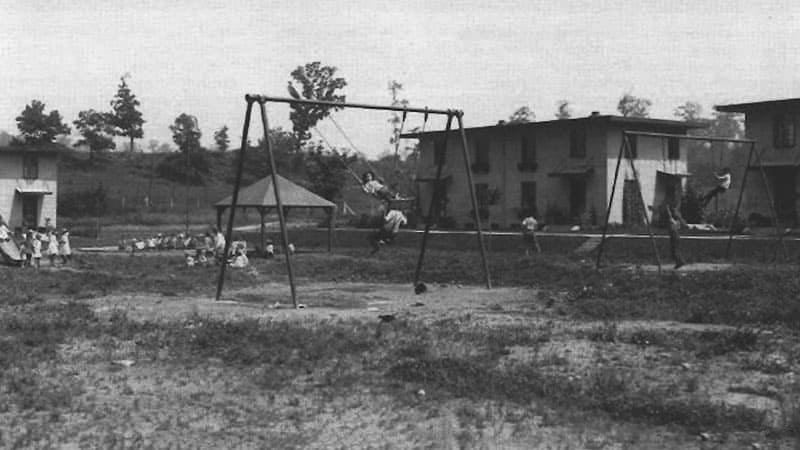

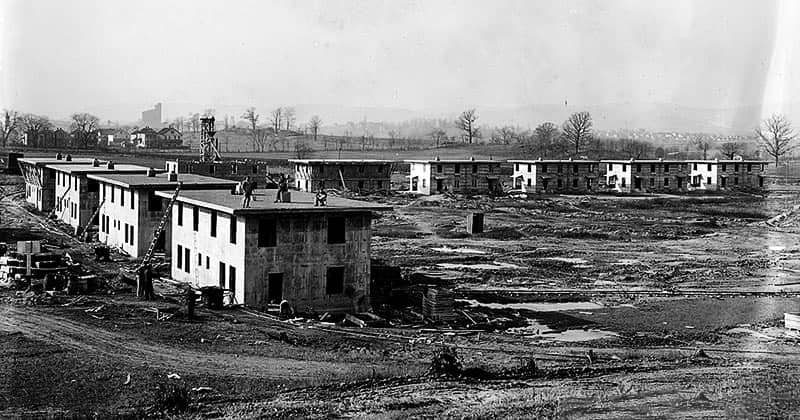

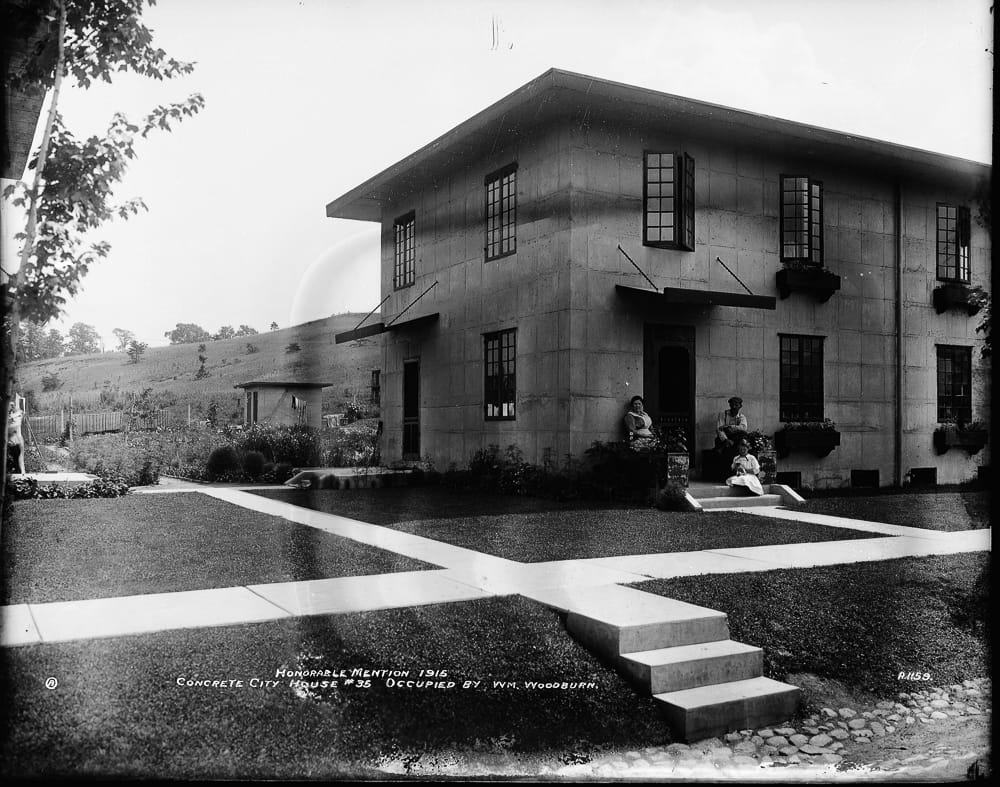
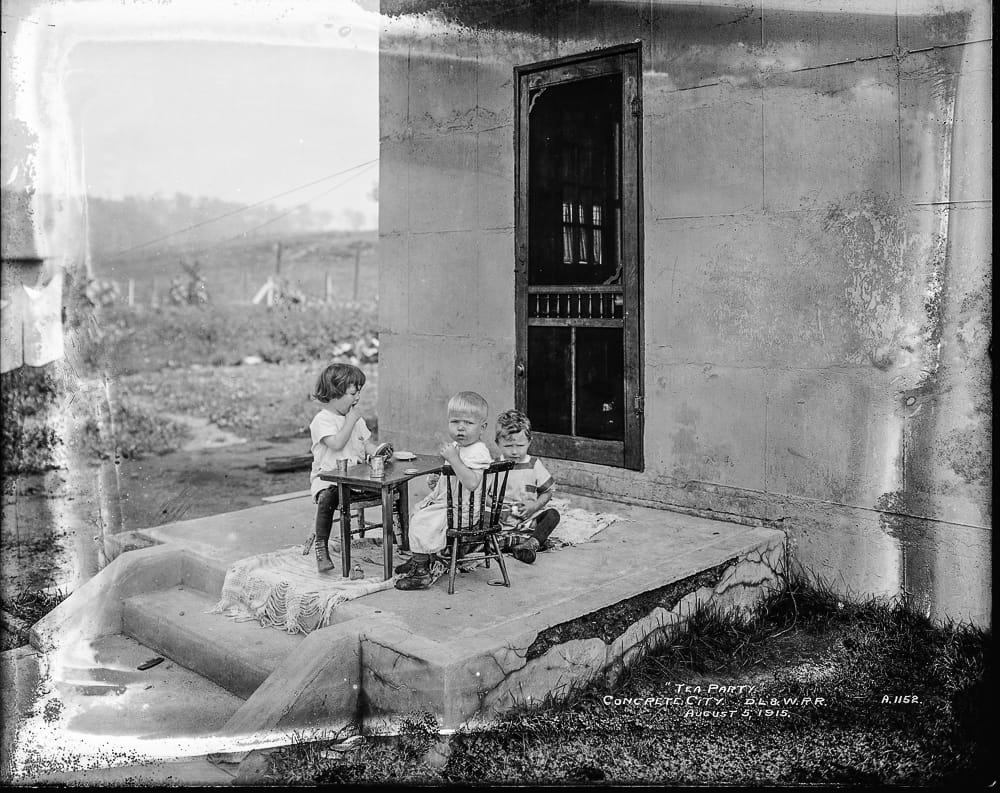
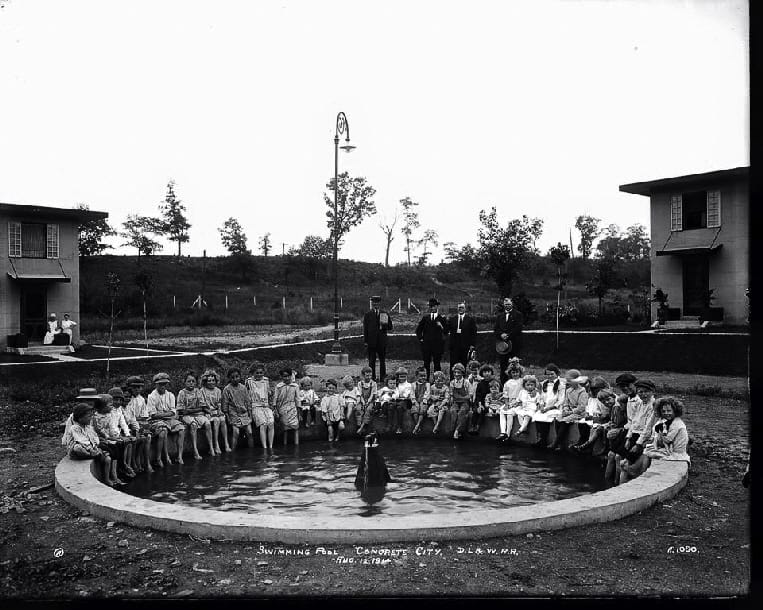
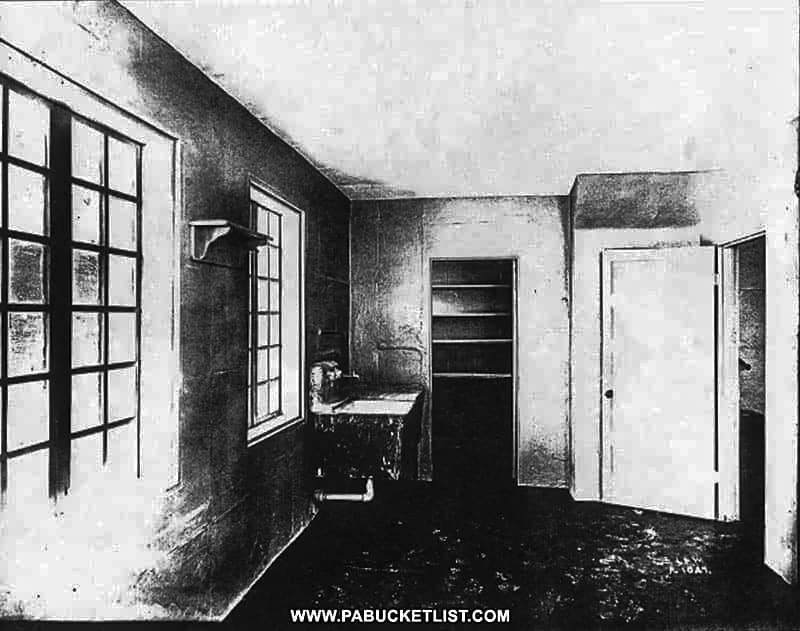
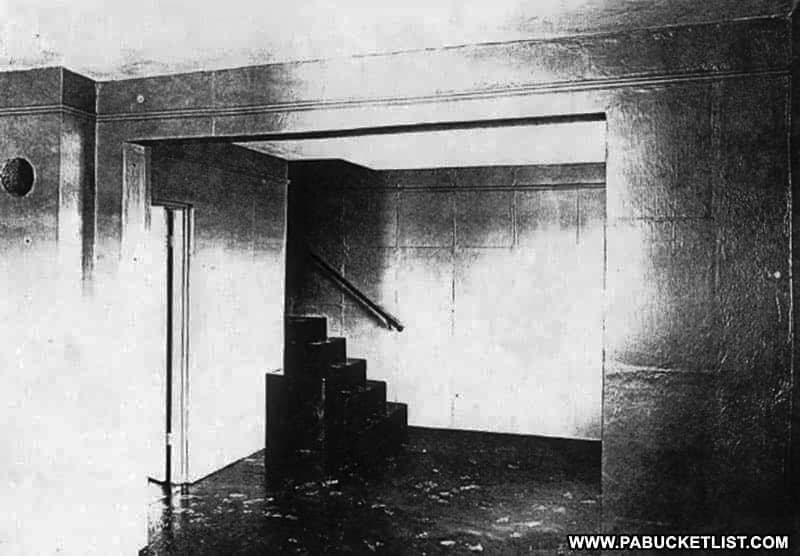

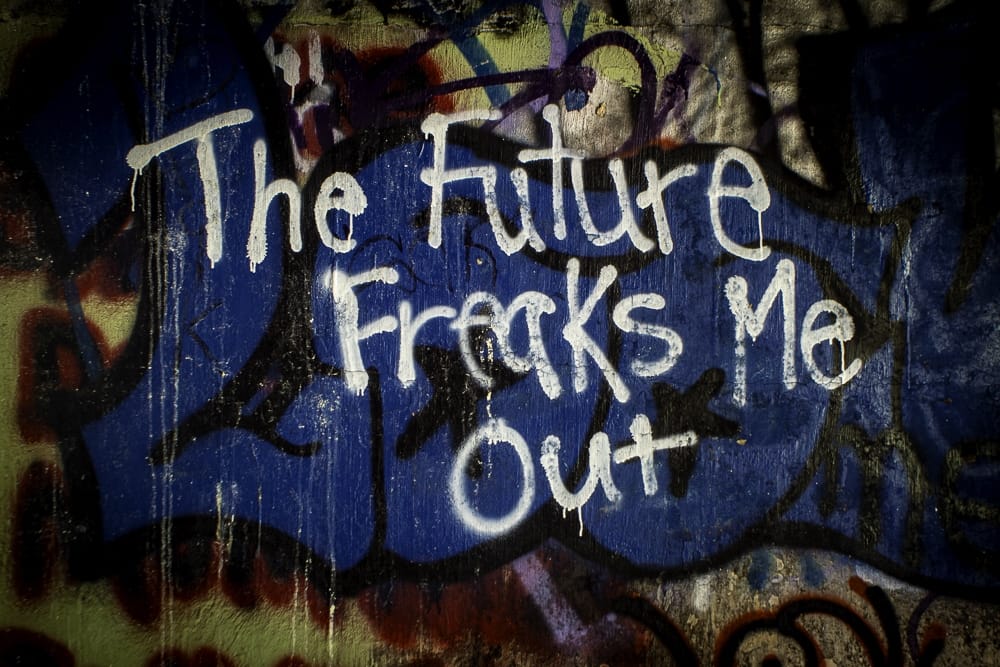
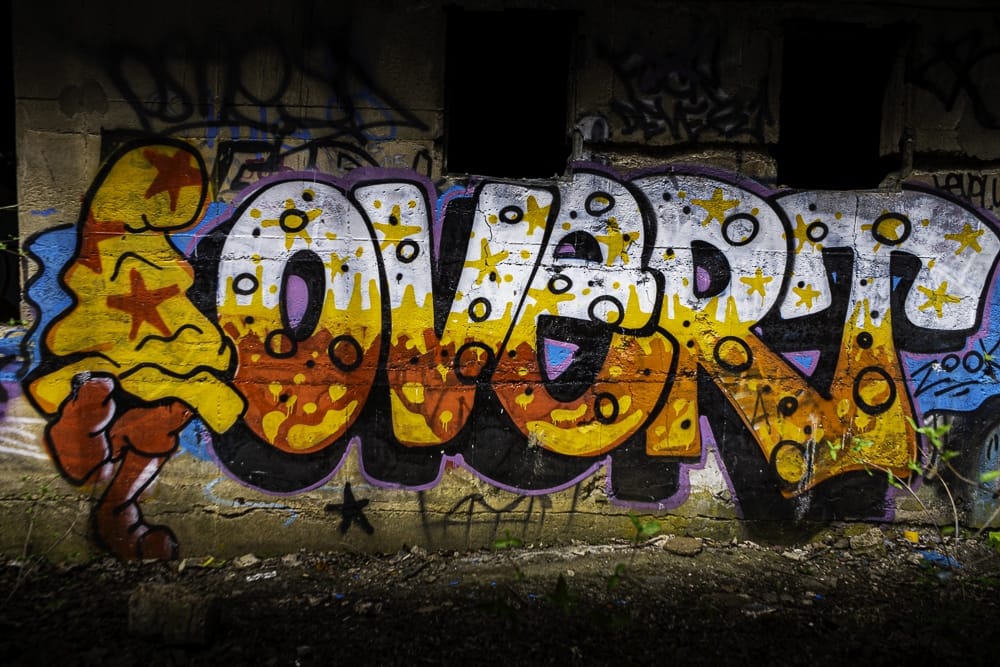

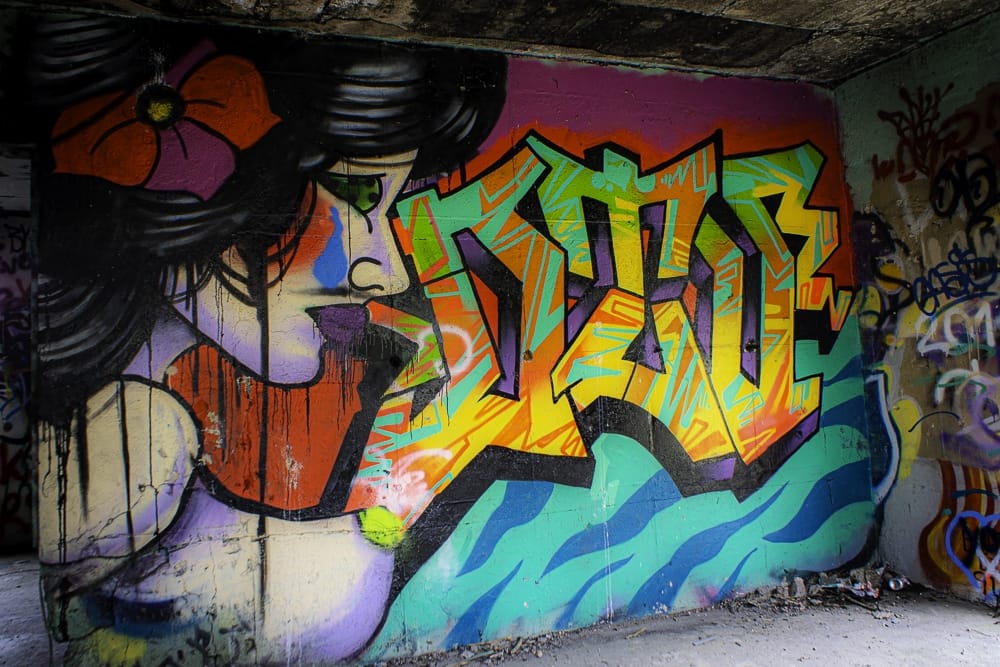
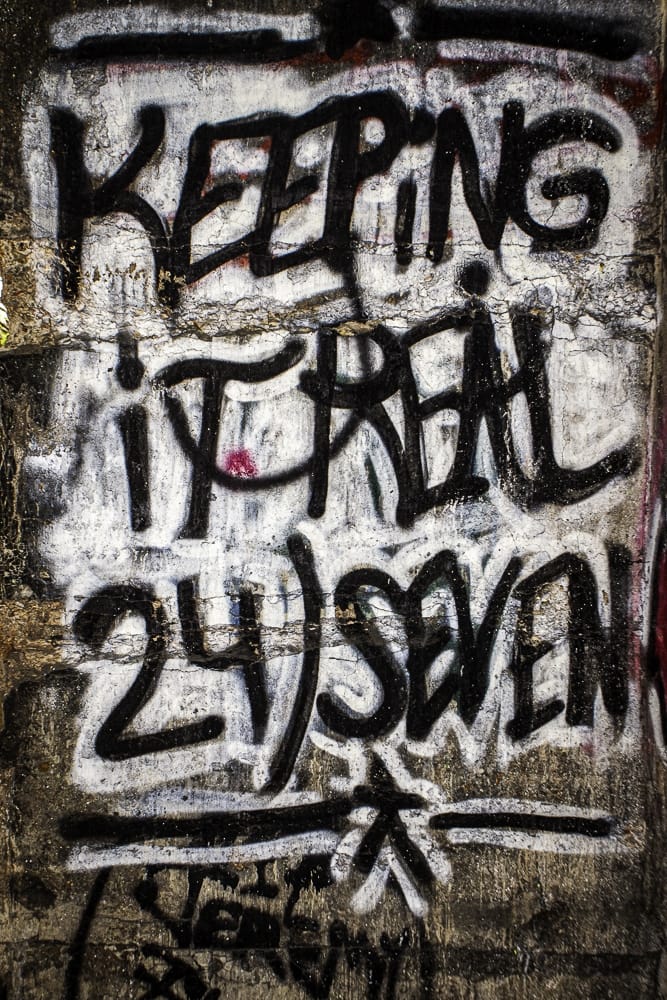
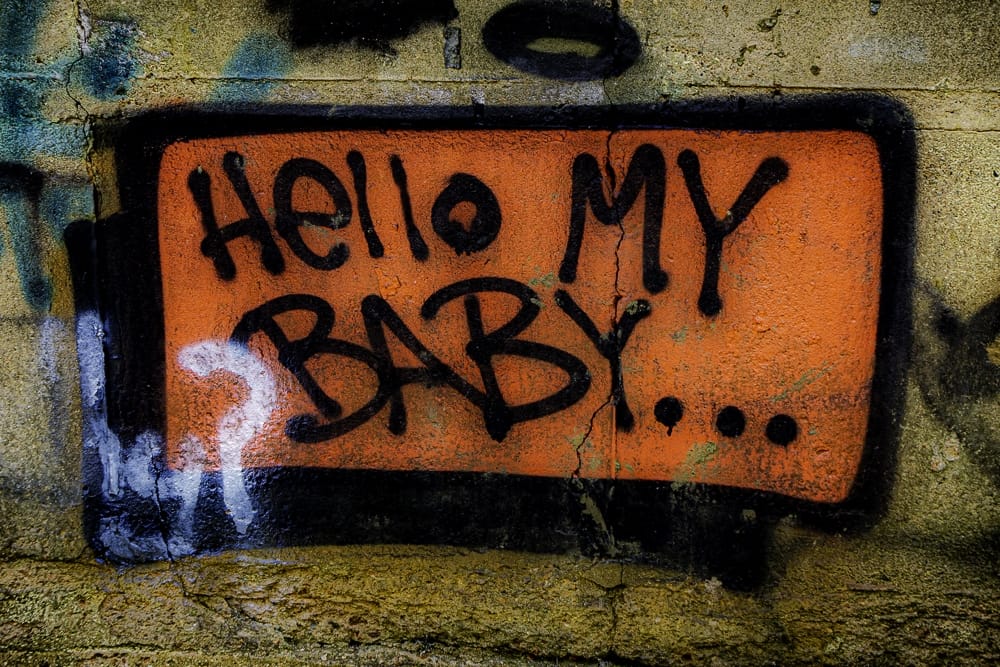
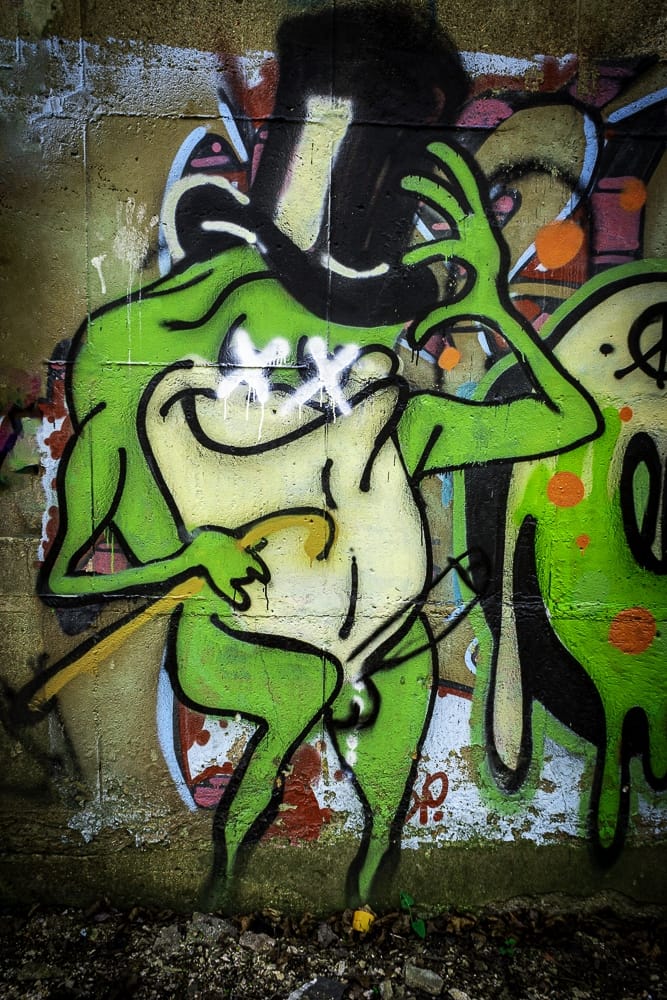
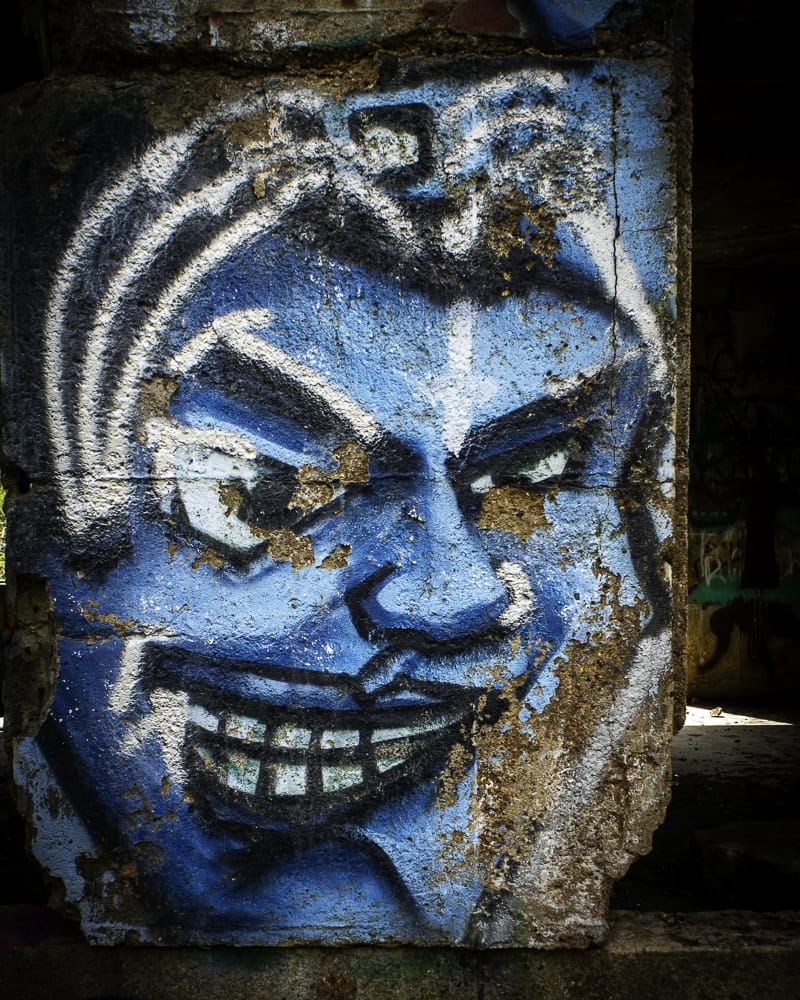
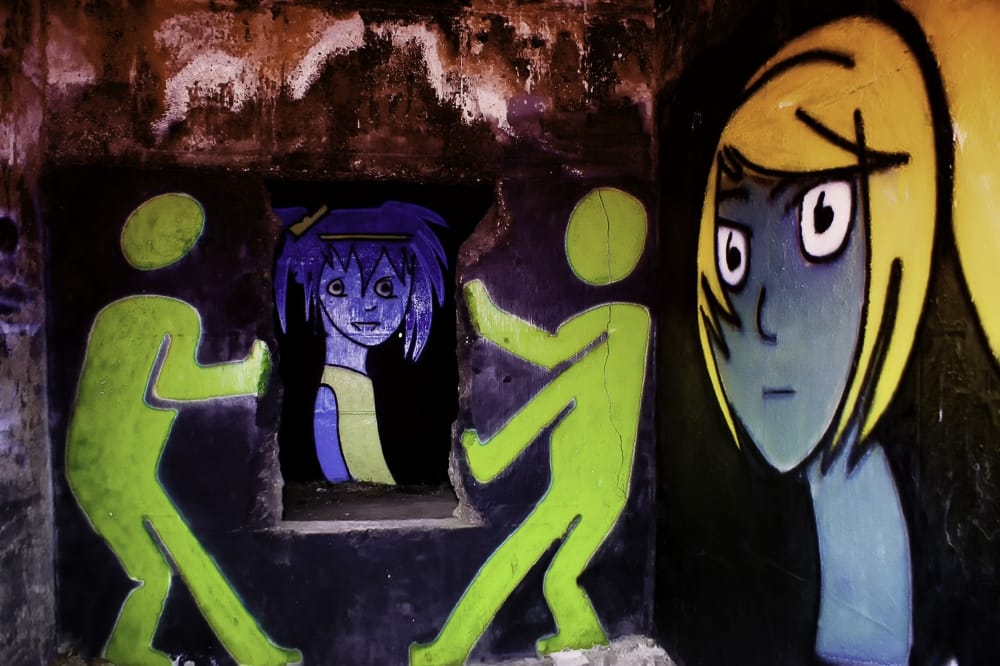
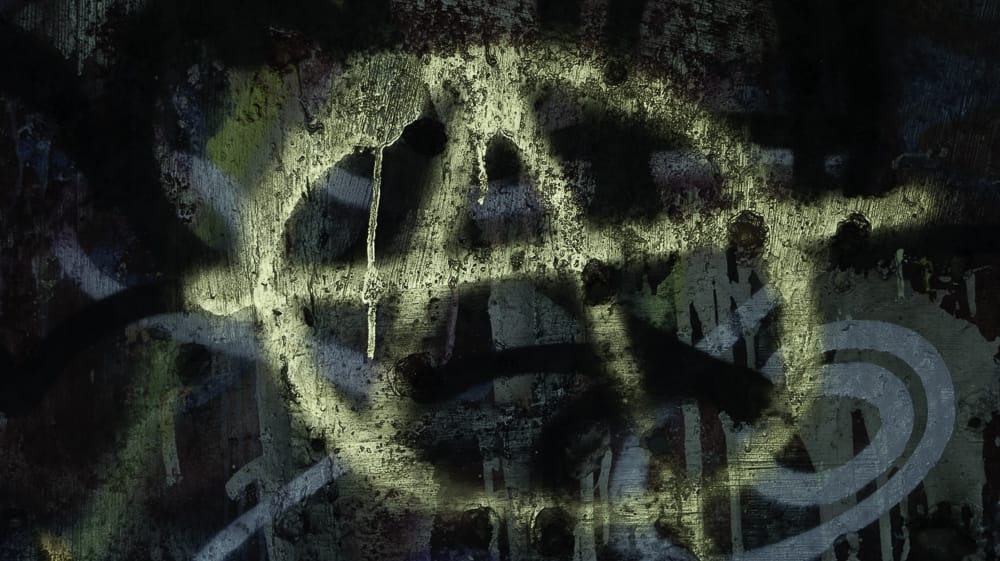
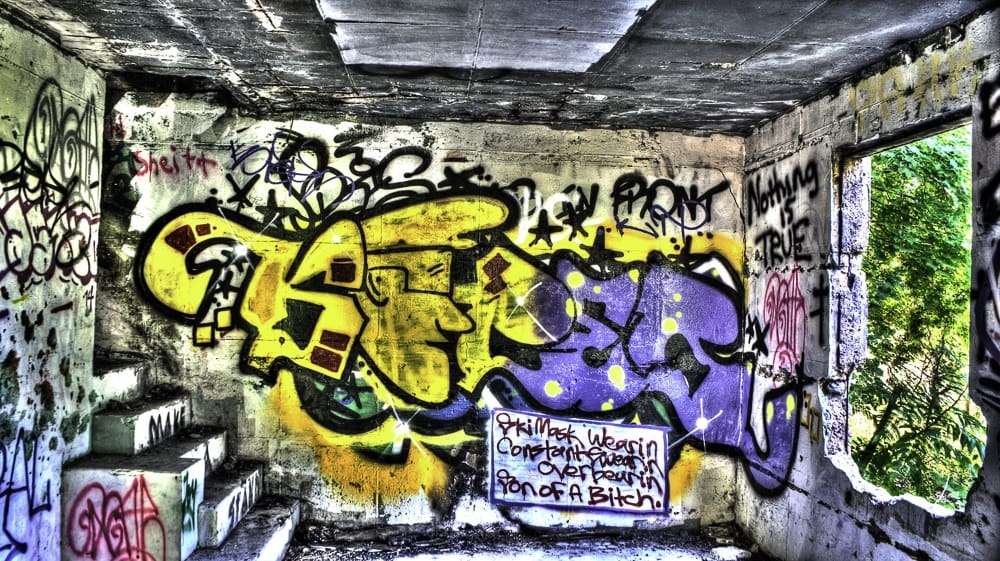

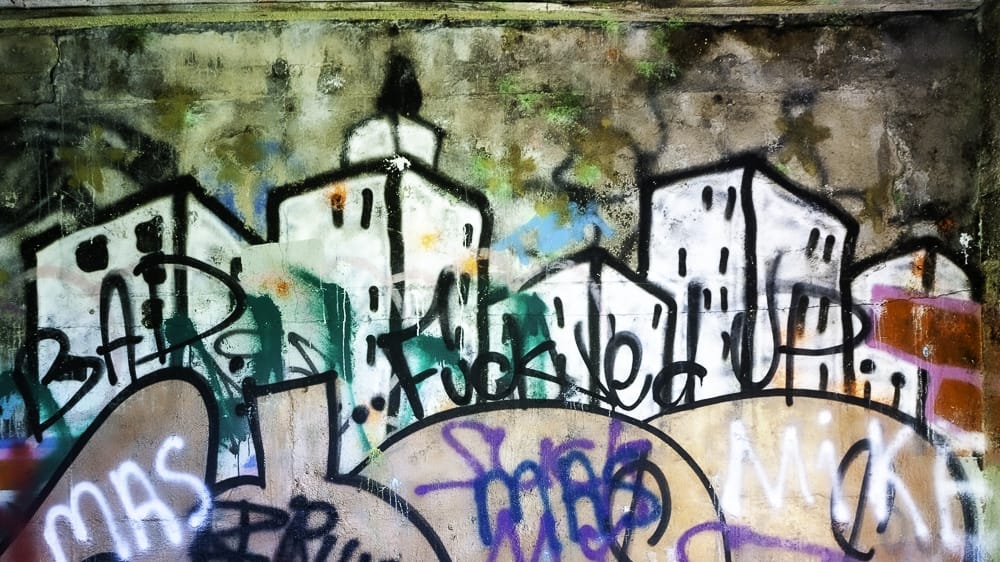

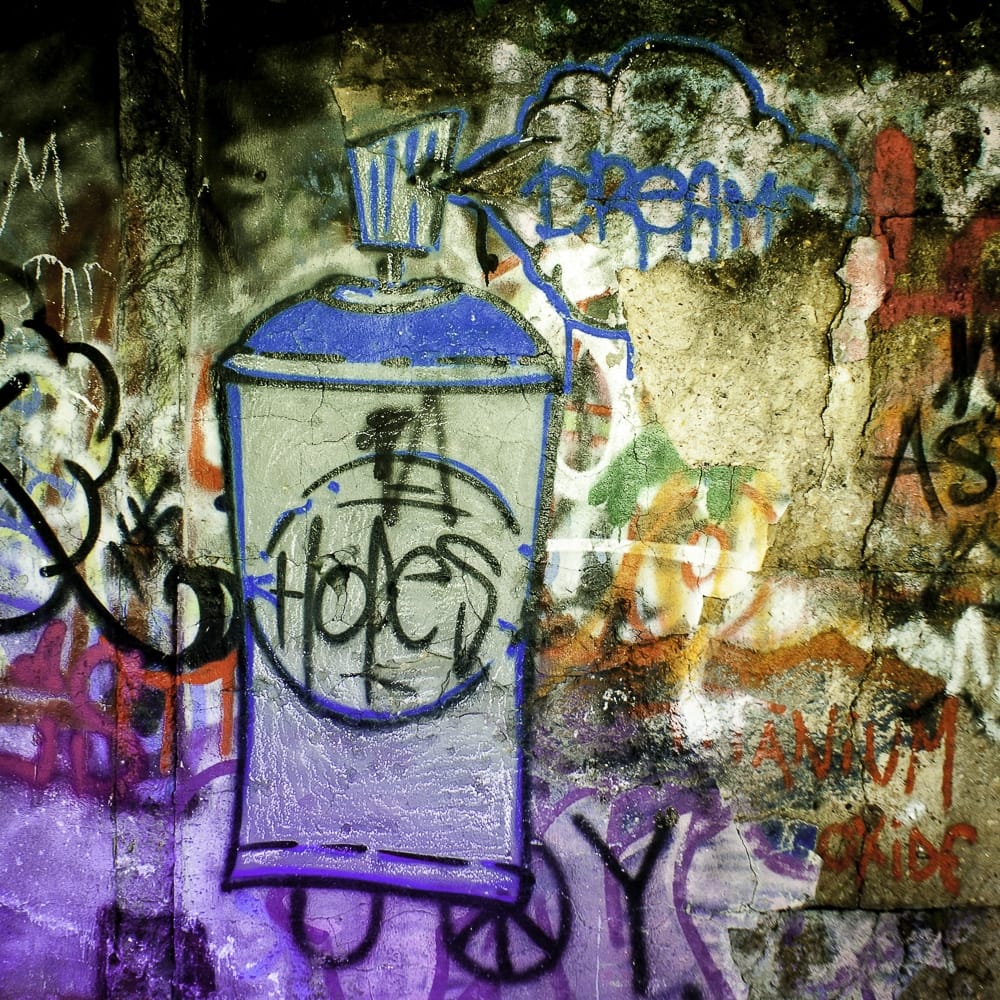
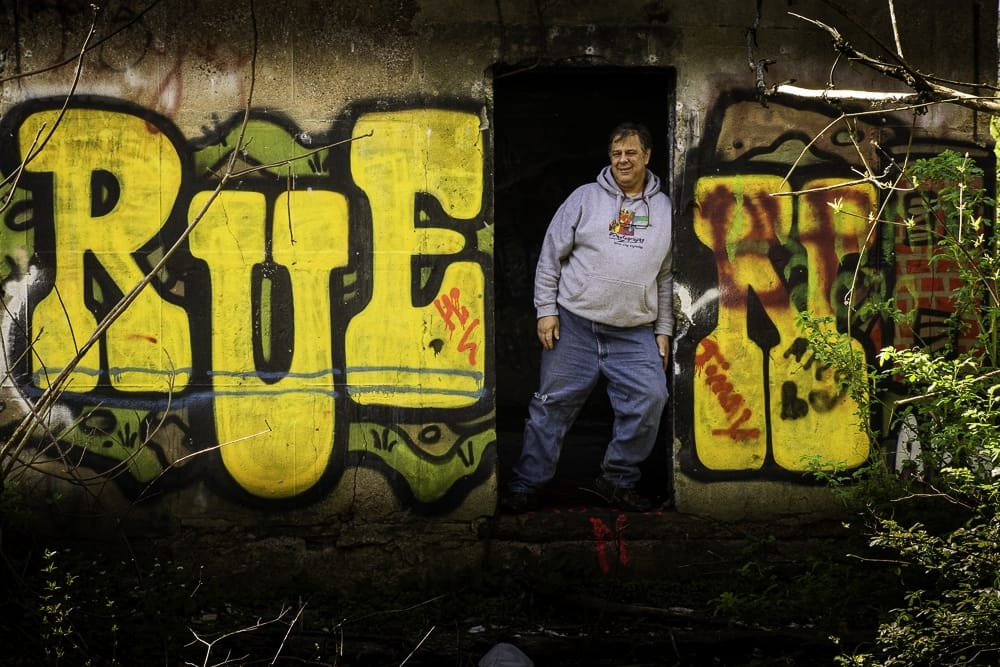
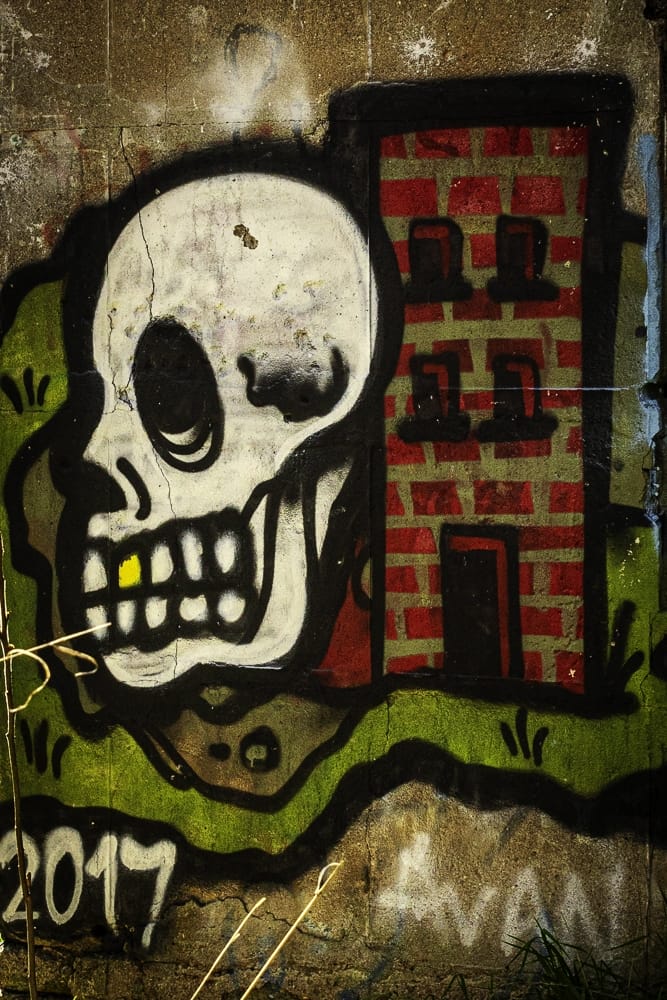
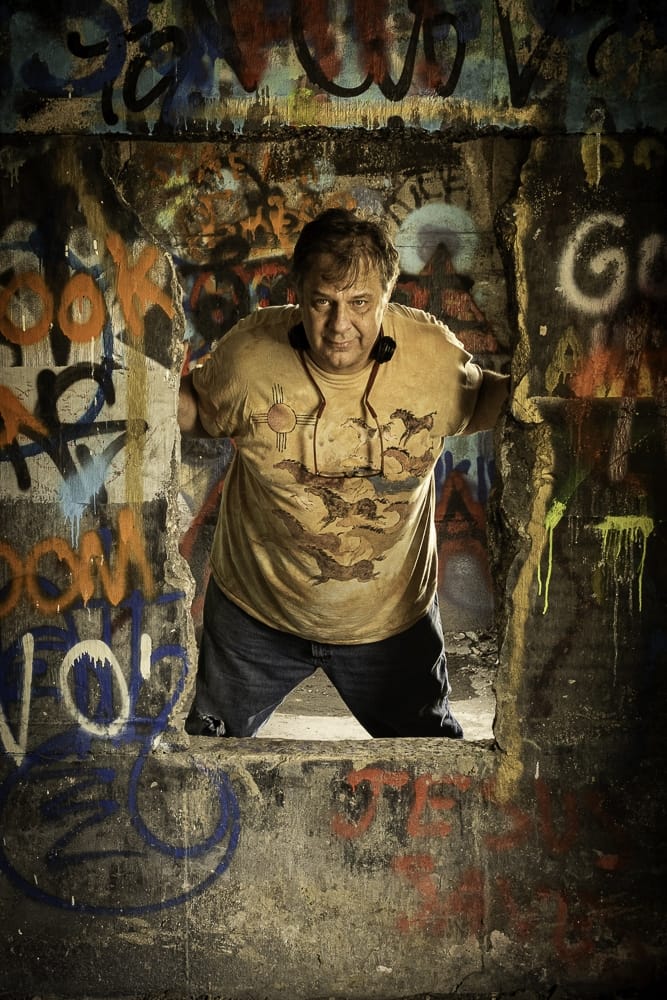
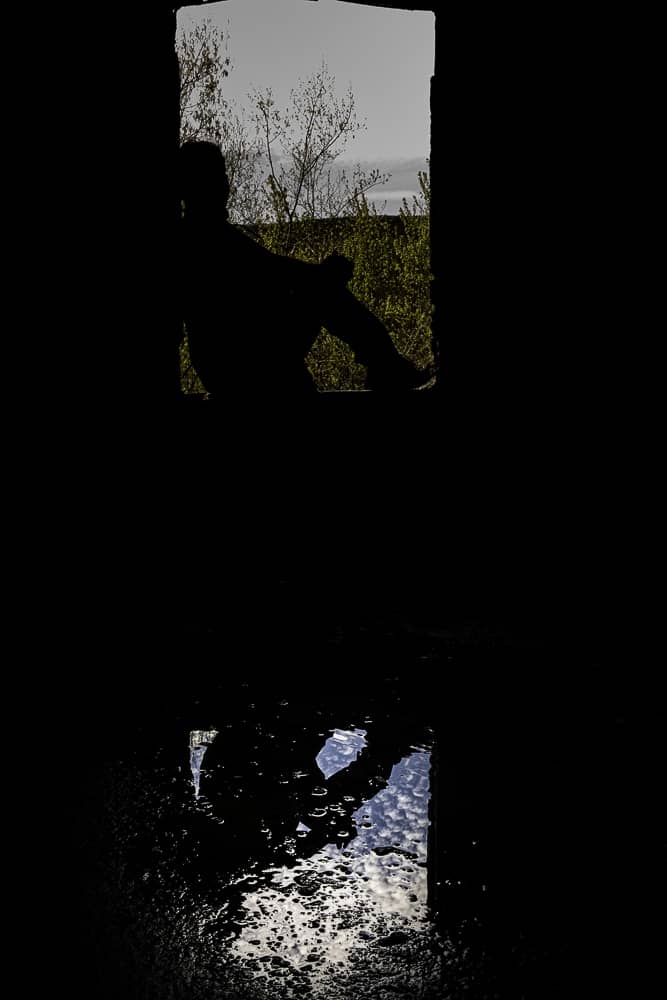
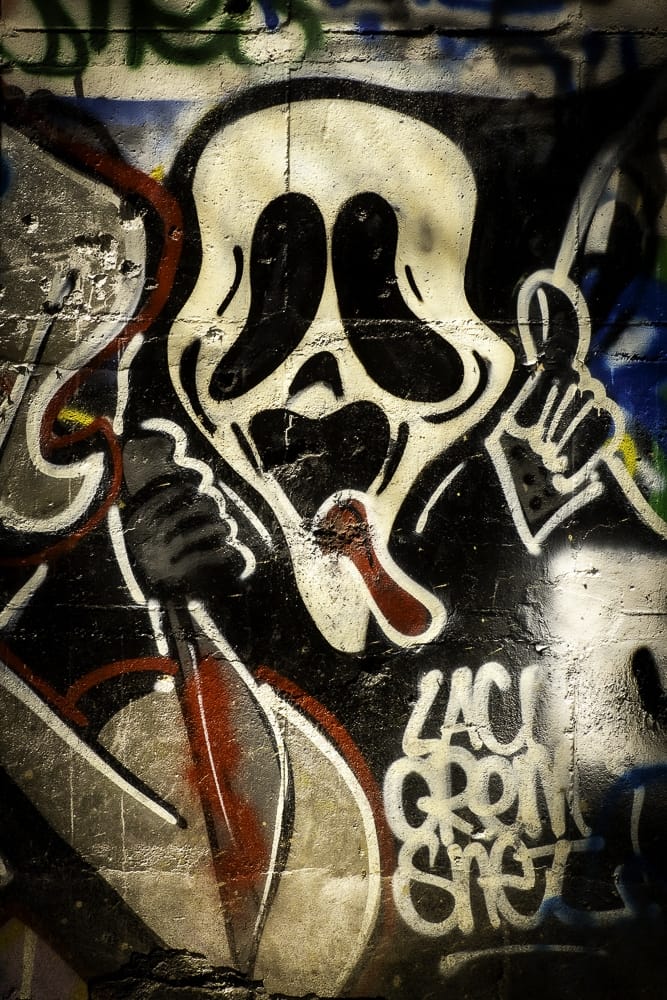




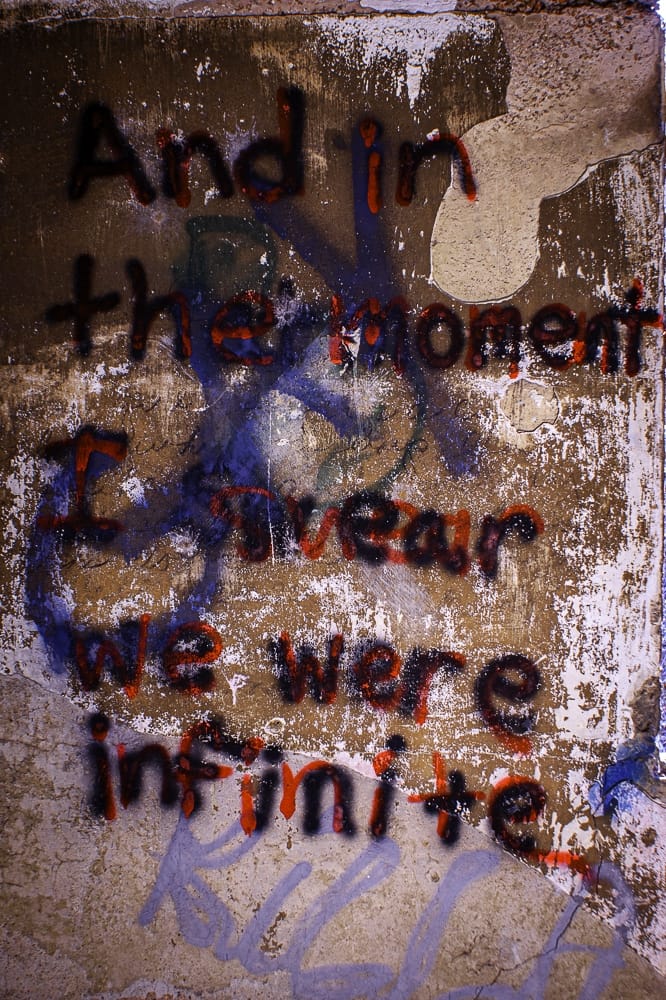
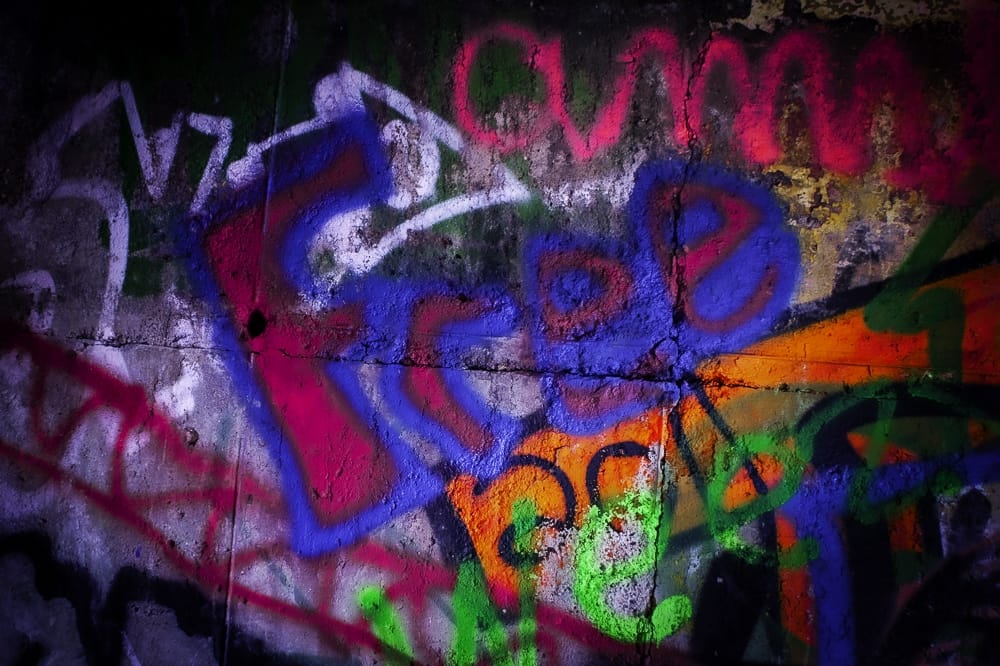
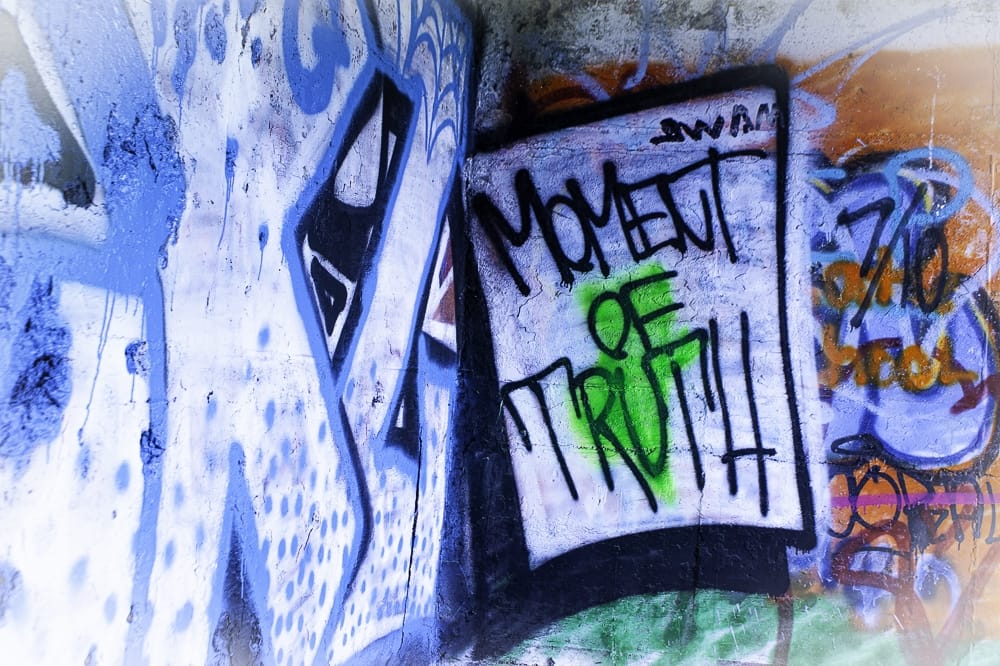
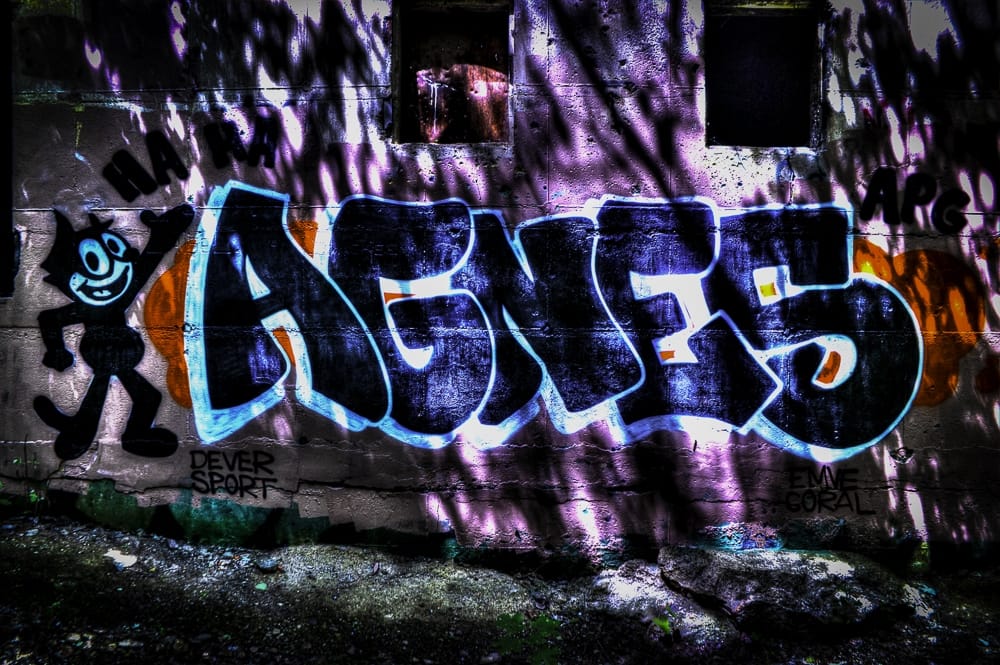

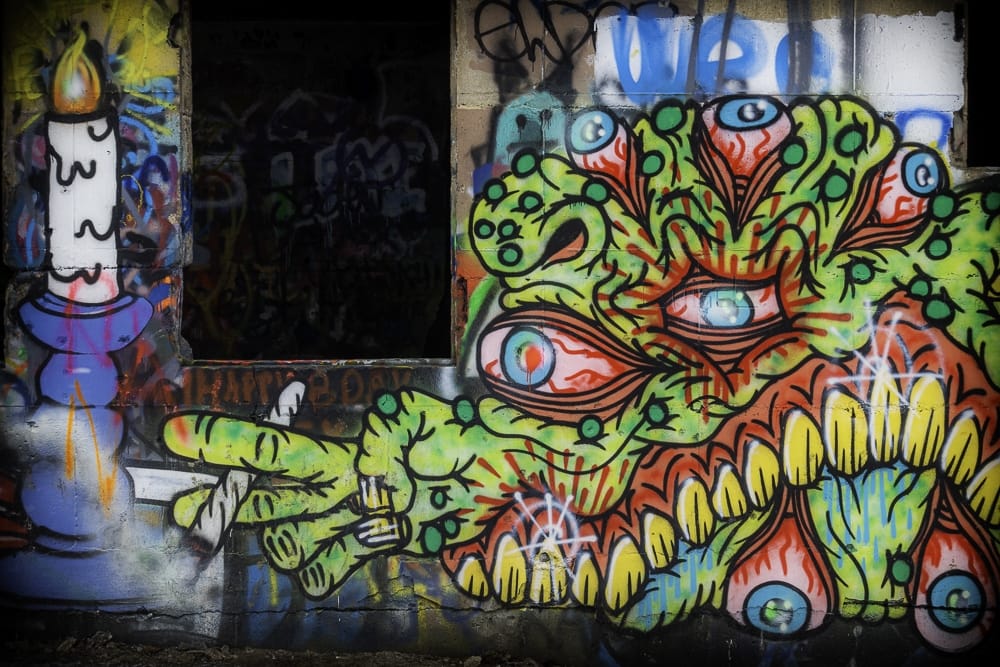
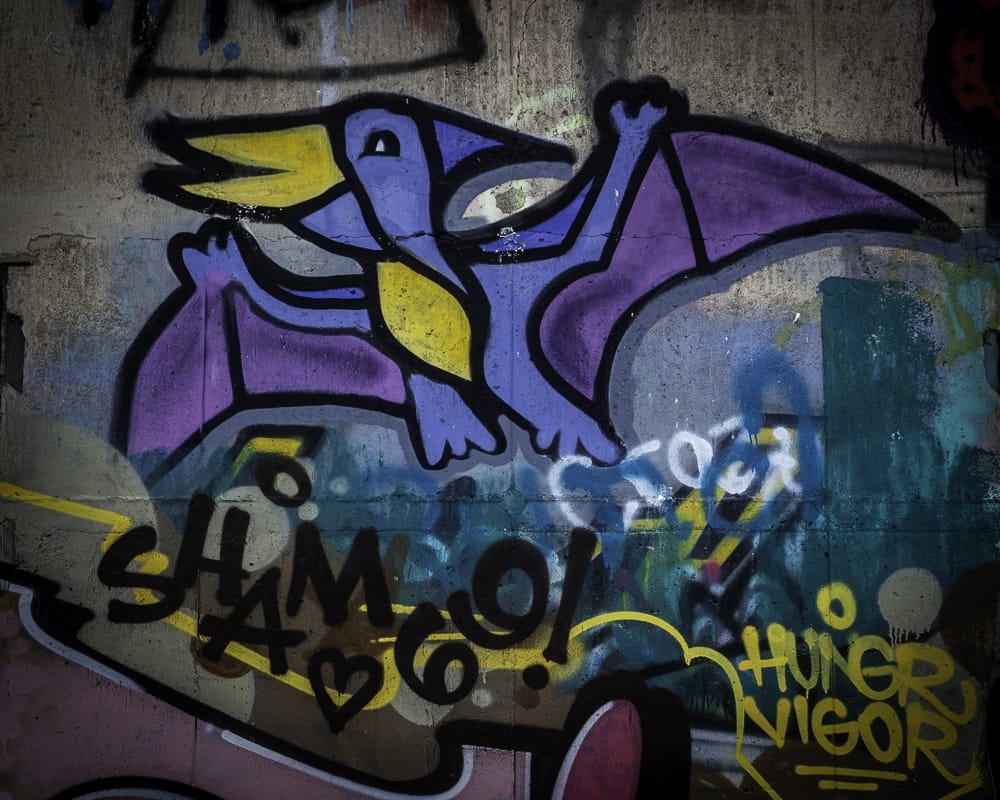
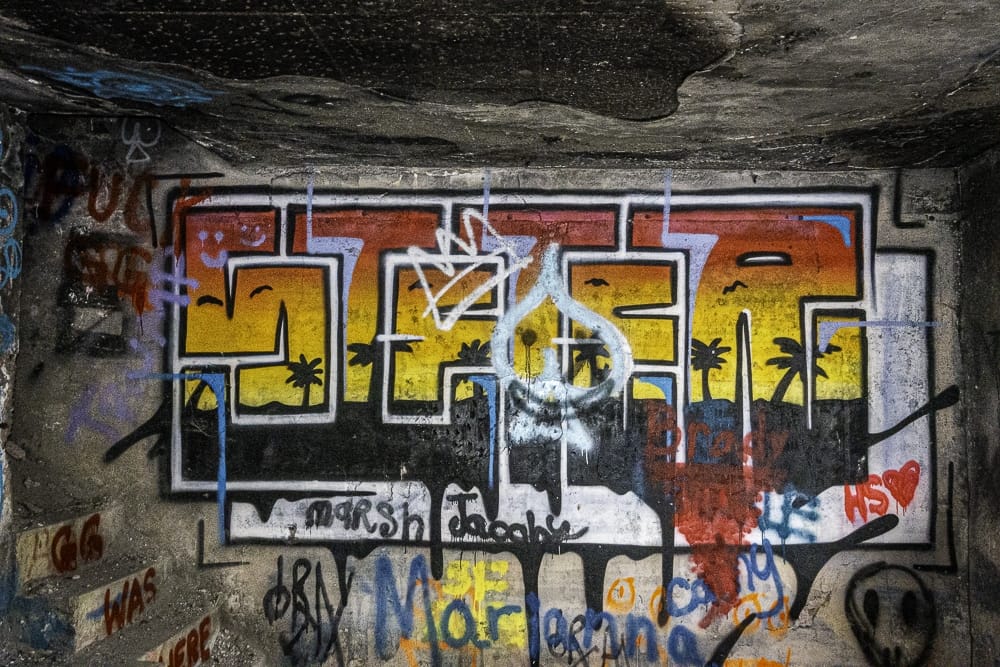
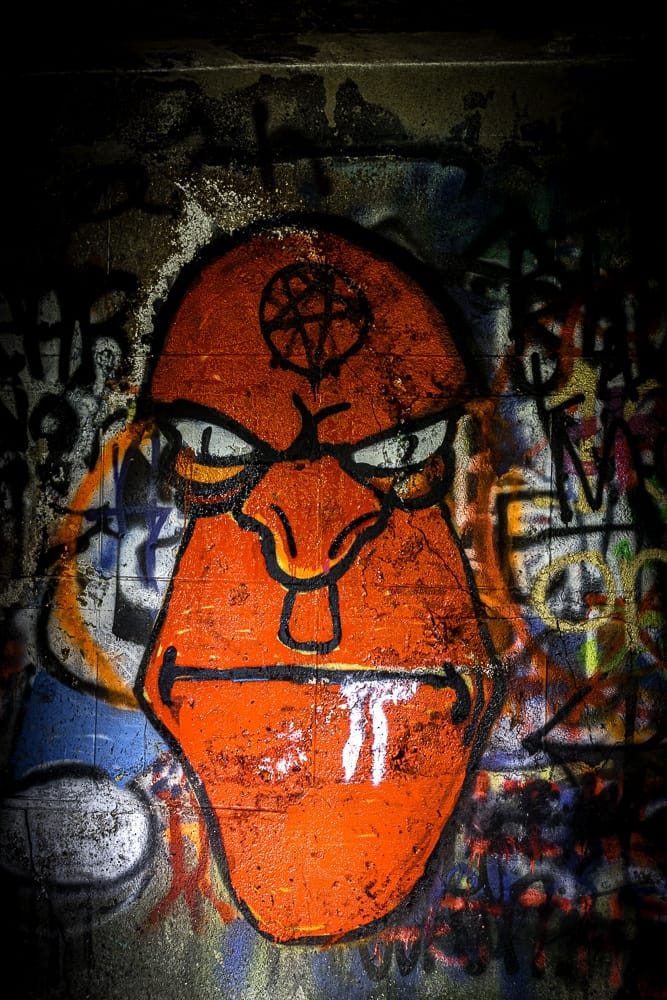
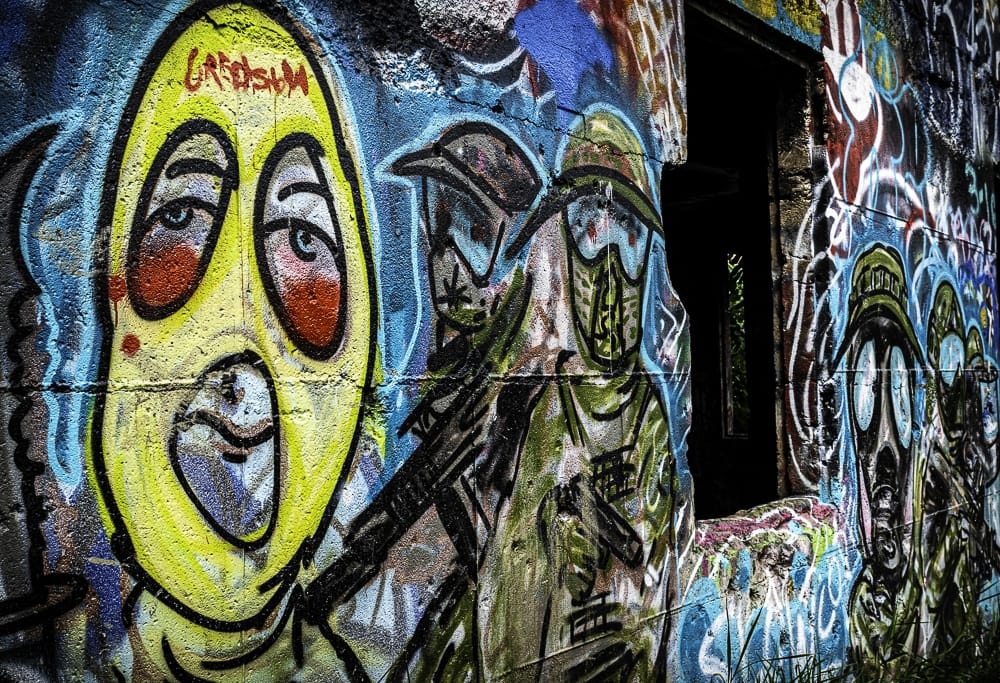
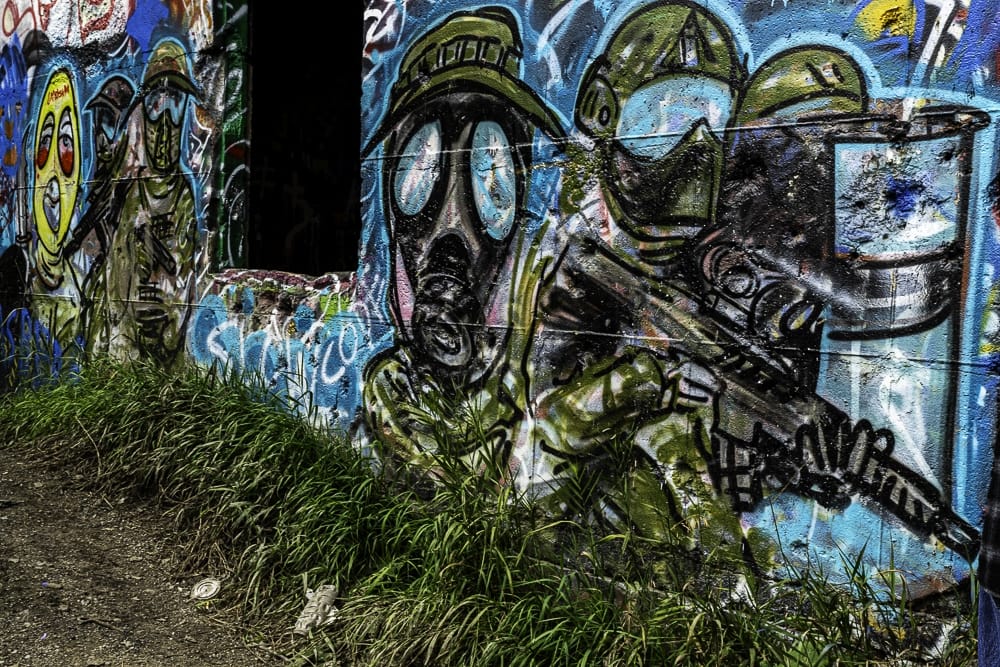


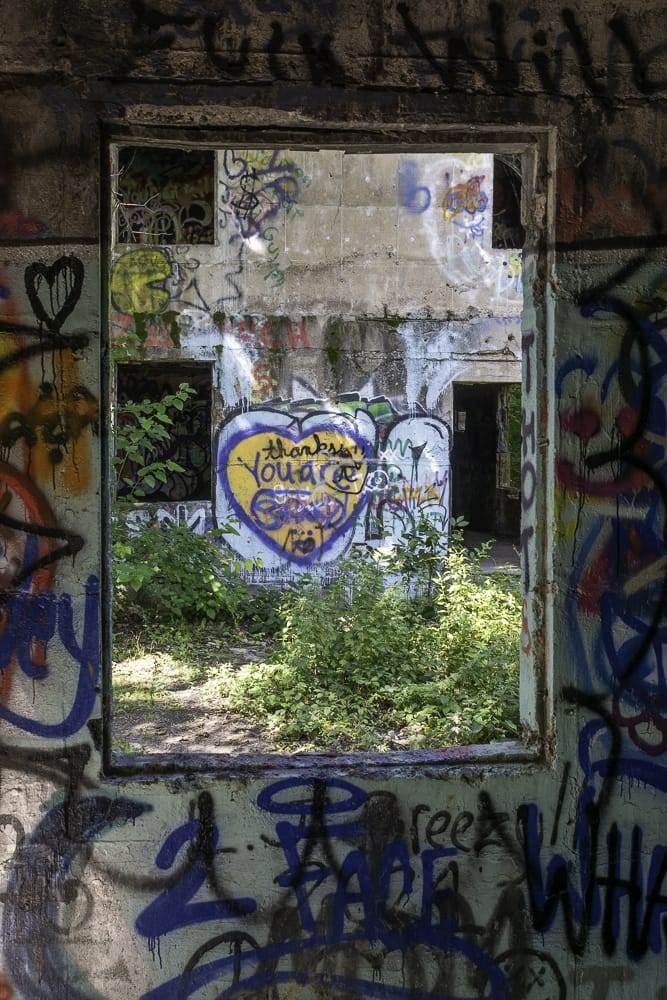
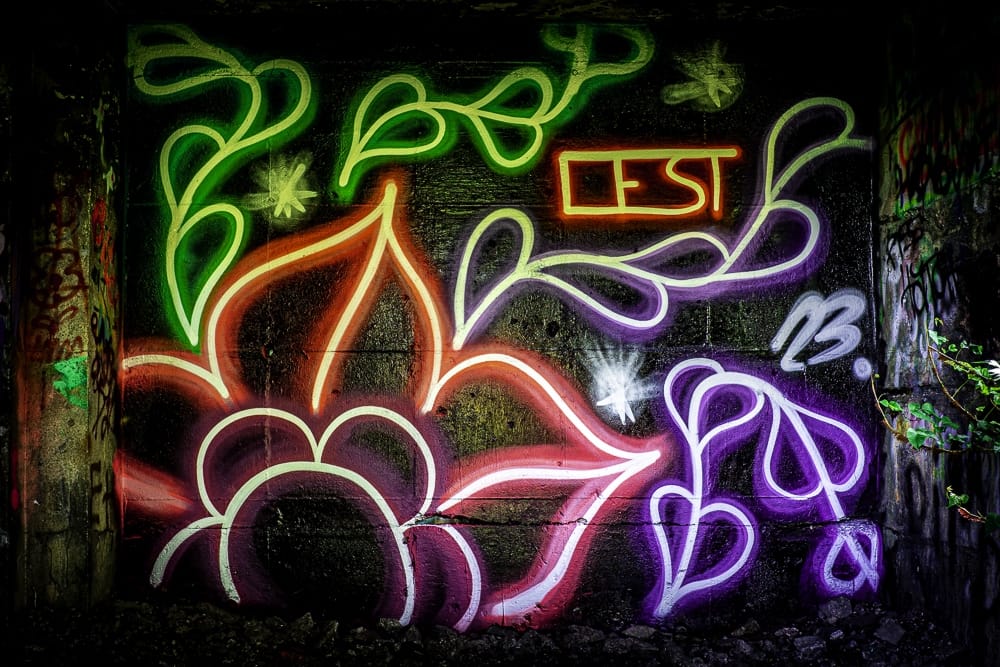
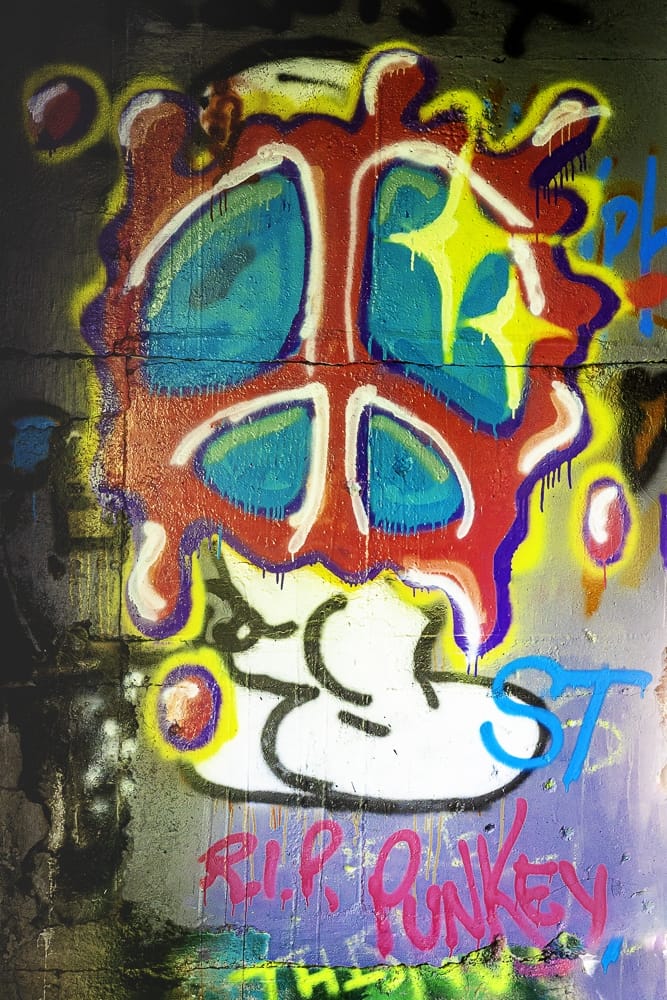

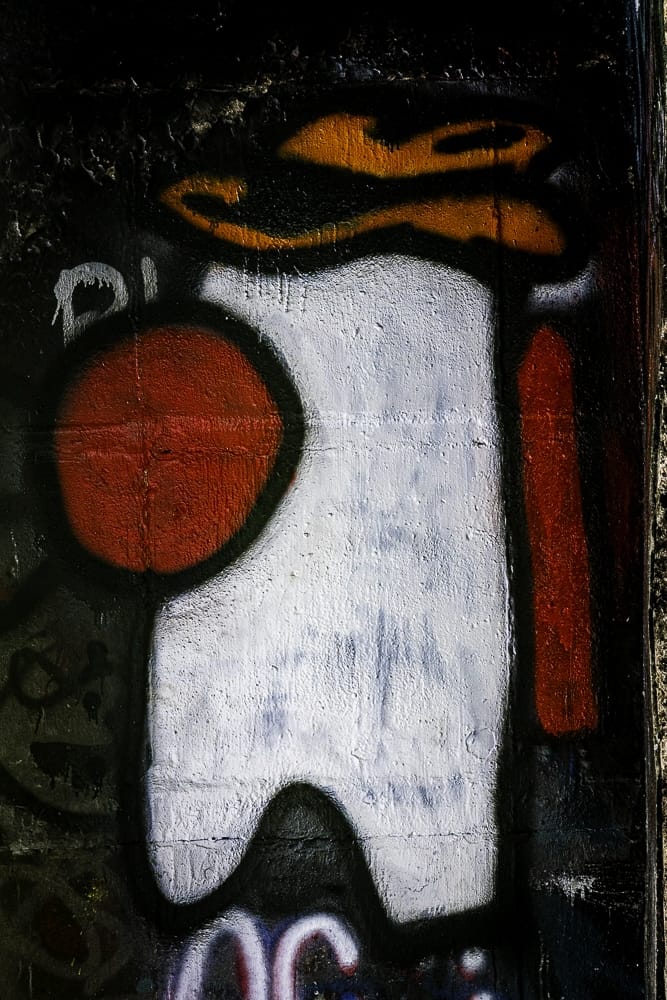
Fantastically alluring and intriguing, I can see why you return year after year. Thanks for sharing the photos, they are very thought provoking.
Thanks for the kind words and visiting.